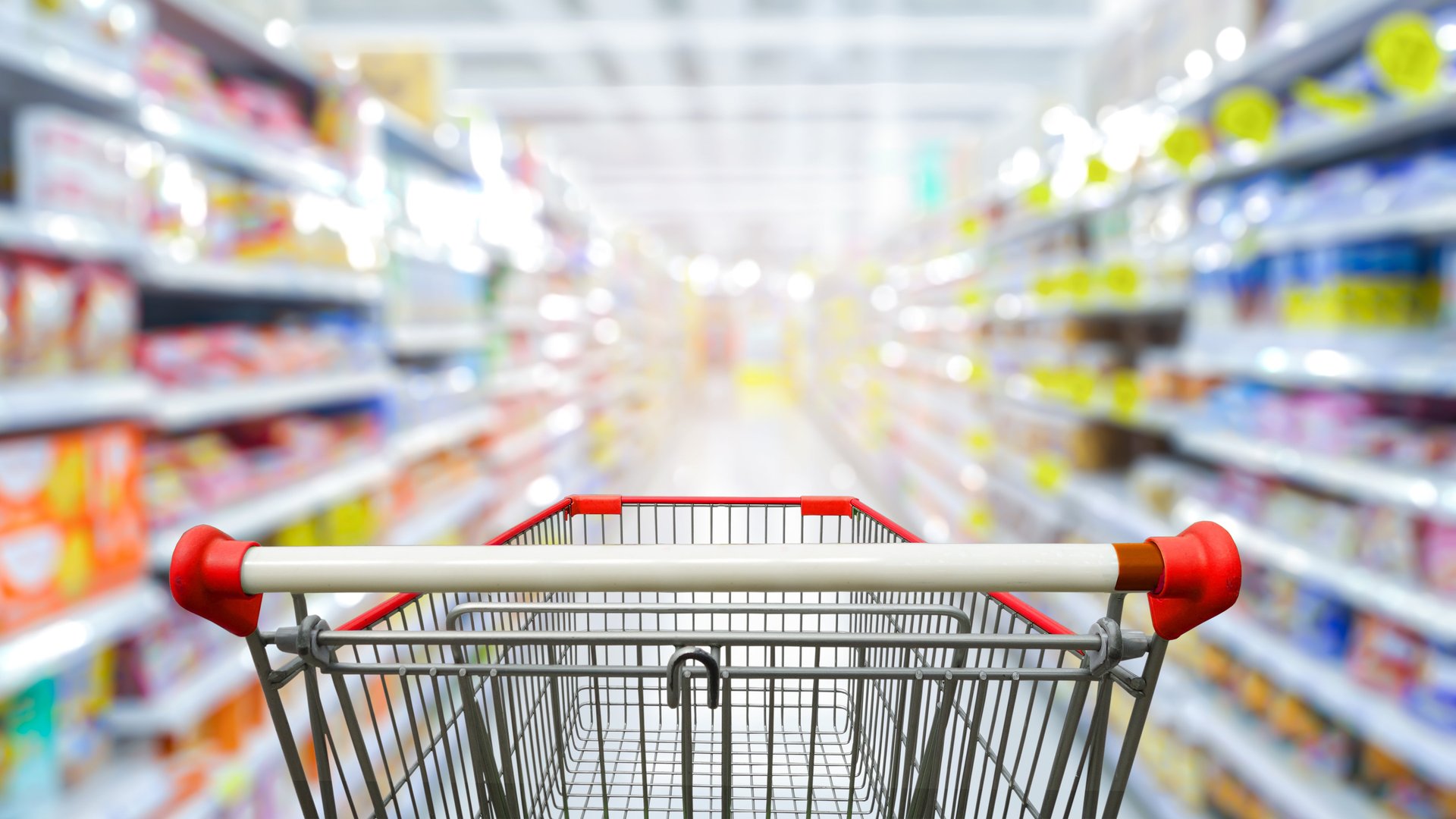Supermarkets supersized their profits during the pandemic
Operating incomes at major grocery chains grew in 2021 — and are still climbing

The supply chain shock of the covid-19 pandemic in 2020 meant higher prices at supermarkets everywhere. But while shoppers forked up more money for their necessities, plenty of supermarkets pocketed the change.
Suggested Reading
A new report by the Federal Trade Commission (FTC) reveals how three of the largest grocery retailers in the United States — Kroger, Walmart and Amazon — saw their profits climb amid the pandemic, and how they’ve kept these margins elevated in the years that followed.
Related Content
The FTC found that in 2021, food and beverage retailer revenues rose to more than 6% over total costs. Those profits are still pushing upwards: in the first nine months of 2023, those profits increased to 7%. In 2022, Kroger reported an operating profit of over $4 billion, Walmart had an operating profit of $21 billion, and Amazon saw a total operating income of $12 billion.
The agency said this “casts doubt on assertions that rising prices at the grocery store are simply moving in lockstep with retailers’ own rising costs.” After all, covid-era lockdowns forced most people to eat at home for months at a time — which meant they had to swallow climbing grocery prices, whether they liked it or not. And the agency said still-high profits warrant further inquiry from the commission and policymakers.
“Some firms seem to have used rising costs as an opportunity to further hike prices to increase their profits, and profits remain elevated even as supply chain pressures have eased,” the FTC wrote in its report.
Food-at-home prices in the U.S., which capture grocery and supermarket foods, increased by 5% in 2023, moderating somewhat after an 11.4% increase a year earlier. The Department of Agriculture forecasts that food prices will continue to decelerate in 2024, growing by an estimated 1.6% this year.
And some retailers tout that they’re lowering prices — or some prices. Walmart president and CEO Doug McMillon suggested in a recent call with analysts that prices for some staple goods at the company have been dropped.
“Our general merchandise prices are lower than a year ago and even two years ago in some categories, which means our customers are finding value in areas like apparel and hard lines,” McMillon said, pointing to eggs, apples, and deli snacks as being among the food items with smaller prices on their stickers.
